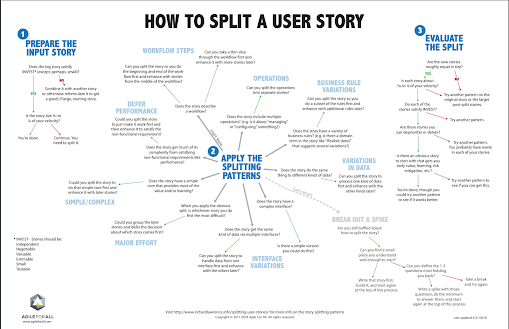We've used cypress for a couple of years now to write e2e tests for our apps. Recently I have the opportunity to setup an cypress test suite using cypress-cucumber node package which supports gherkin syntax (new for me). These are my notes and learnings. cypress.io created in 2014, written in javascript, first beta 2017 lots of cool features, can view state on each line of cypress tests, api info logged to console wait on apis (no more sleeps or set wait times and flakey timing problems) now up to version 6.5, e.g. route replaced by intercept uses testing tech you're used to describe and it from Mocha and expect from Chai ( see more here ) cypress docs, guides, tutorials, recipes are awesome cypress-cucumber write cypress tests using gherkin syntax (feature, scenario, given when then etc.) which is based on BDD (see below) npm package a way to write, organize and reuse cypress tests BDD a way for business and technical people to work together to reach a shared understanding



